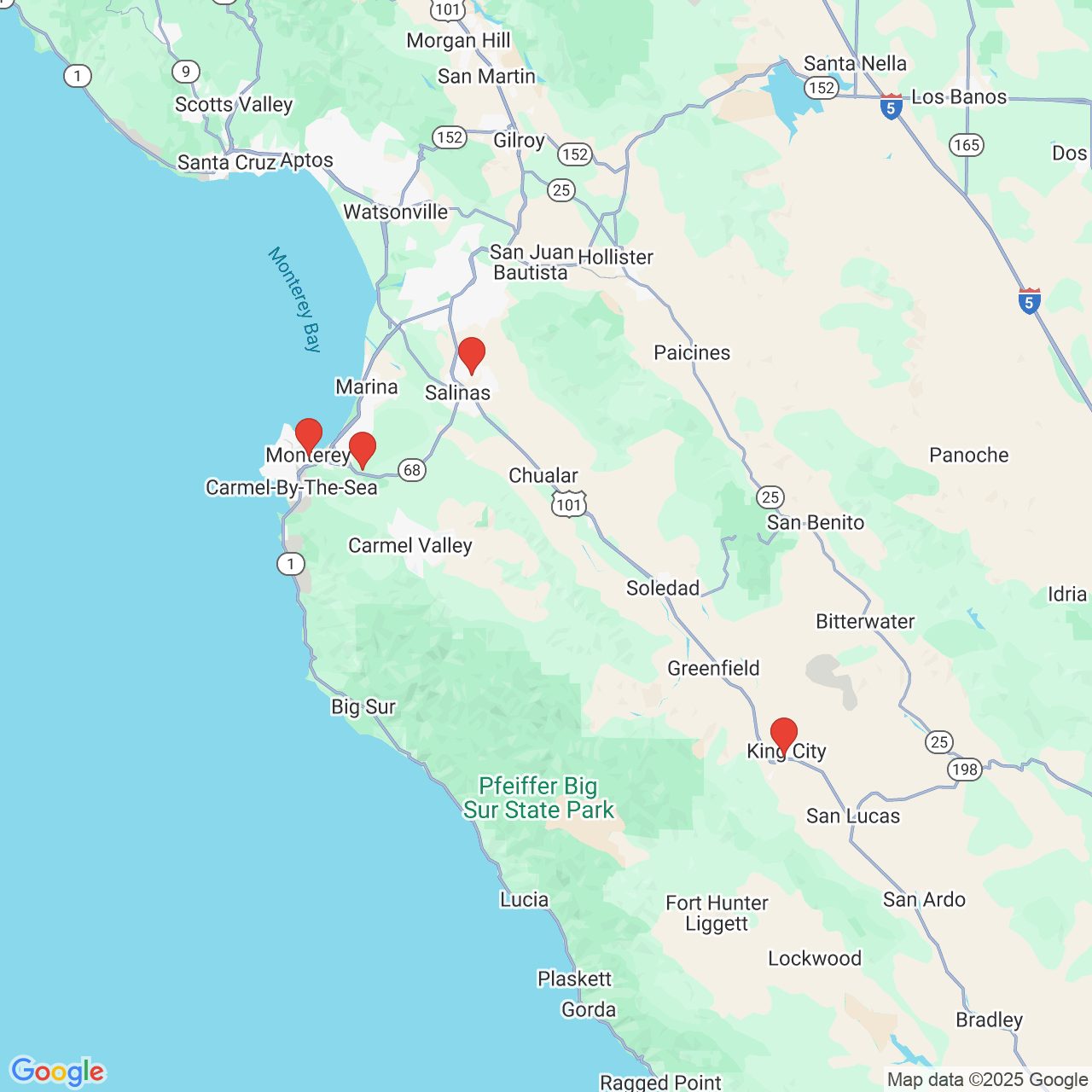Improve Your Child’s Vision with Congenital Cataracts Treatment
 A cataract, a clouding of the natural eye lens, is a common development that occurs with aging. However, in some cases, infants are born with this condition. In these cases, it is referred to as congenital cataracts.
A cataract, a clouding of the natural eye lens, is a common development that occurs with aging. However, in some cases, infants are born with this condition. In these cases, it is referred to as congenital cataracts.
Although this eye disorder is rare, it can be addressed with congenital cataracts treatment, offered as part of our pediatric eye care services at Monterey County Eye Associates in Monterey, CA. Here, we discuss the causes, symptoms, and treatment of congenital cataracts.
What Causes Congenital Cataracts?
There are several reasons why congenital cataracts may be present. Some of the most common include:
- Genetics: Like most conditions, a family history increases the likelihood of a newborn developing congenital cataracts.
- Infection: If the mother develops an infection while pregnant, such as rubella, measles, chicken pox, or herpes simplex, it can be passed on to the child.
- Metabolic issues: Conditions such as galactosemia, which inhibits proper metabolic function, can lead to the development of congenital cataracts.
- Diabetes: Like metabolic problems, diabetes is also connected to congenital cataracts.
- Trauma: If the eye is damaged while the baby is in the womb, it can result in congenital cataracts.
- Drug reactions: Tetracycline, an antibiotic used for pregnant women, has been linked to cataracts in newborn babies.
Types of Congenital Cataracts
There are different kinds of congenital cataracts. These include:
- Nuclear cataracts: Appearing in the central portion of the eye lens, nuclear cataracts are the most common form of this congenital disorder.
- Anterior polar cataracts: Typically, this type of cataract is located in the front portion of the eye’s lens. In most cases, anterior polar cataracts do not require surgical intervention due to their small size.
- Posterior polar cataracts: This type of cataract is similar to its anterior counterpart. However, rather than being located in the front of the eye’s lens, it is located at the back.
- Cerulean cataracts: Characterized by small blue dots in the eye lens, this type of cataract does not typically impede vision.
Symptoms of Congenital Cataracts
It can be difficult to recognize the symptoms of cataracts in infants unless you are aware of the signs. Common symptoms of congenital cataracts include:
- An infant’s unawareness of his or her surroundings
- The pupil is clouded, giving off a grayish or white appearance
- Nystagmus, or unusual rapid eye movements
- No “red eye glare” in photographs
Diagnosing the Condition
Congenital cataracts may be diagnosed by a pediatrician who specializes in treating inherited disorders, or by an ophthalmologist. In addition to a comprehensive eye examination, x-rays or blood testing may also be necessary.
Congenital Cataracts Treatment
If congenital cataracts affect both eyes and the condition is mild enough, no treatment may be required. However, in moderate to severe cases, surgical intervention may be necessary.
If your doctor recommends surgery, it is important to have the procedure completed as soon as possible to preserve your child’s eyesight. Like cataract surgery in older patients, the procedure involves removing the clouded lens. In some cases, it will be replaced with an IOL (intraocular lens). In other cases, your doctor may recommend that your child wear contact lenses until he or she is older. Then when appropriate, the contact lenses will be replaced with IOLs.
The exact method recommended for your child will depend on his or her unique needs. All treatment options will be discussed with you during an initial consultation at our practice.
Contact Us to Learn More
To learn more about the diagnosis and treatment of congenital cataracts, schedule a visit at Monterey County Eye Associates. You can call our office at (831) 375-2020 or contact us online.



